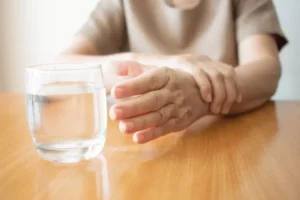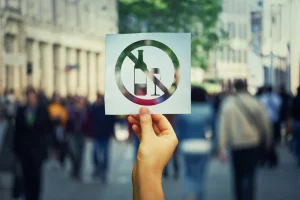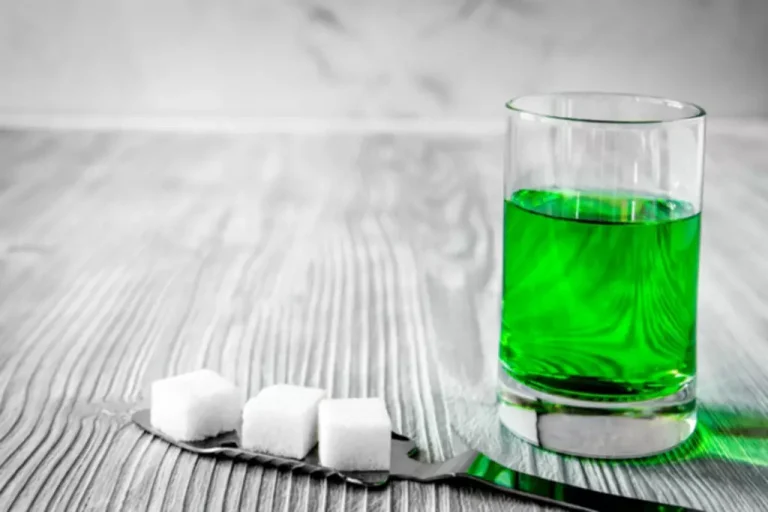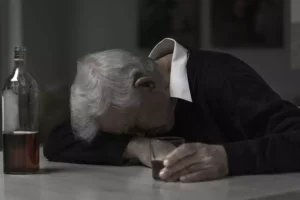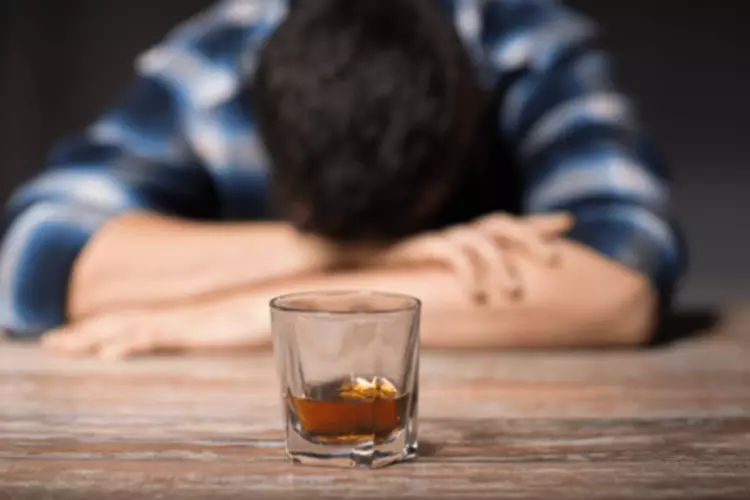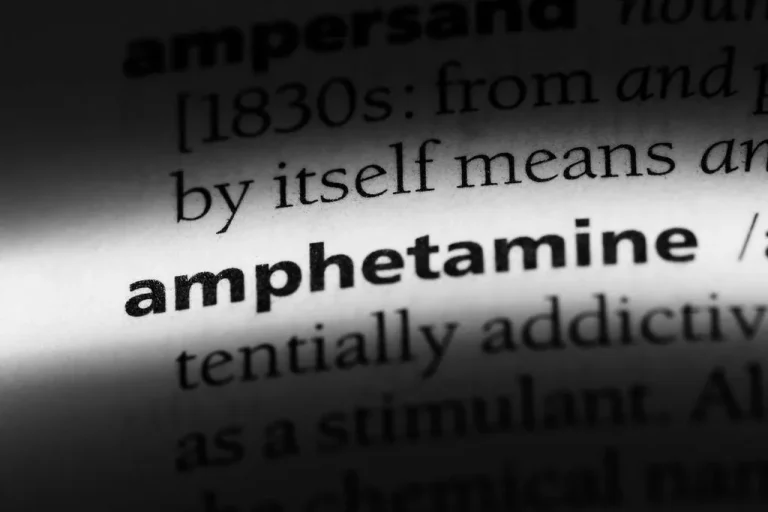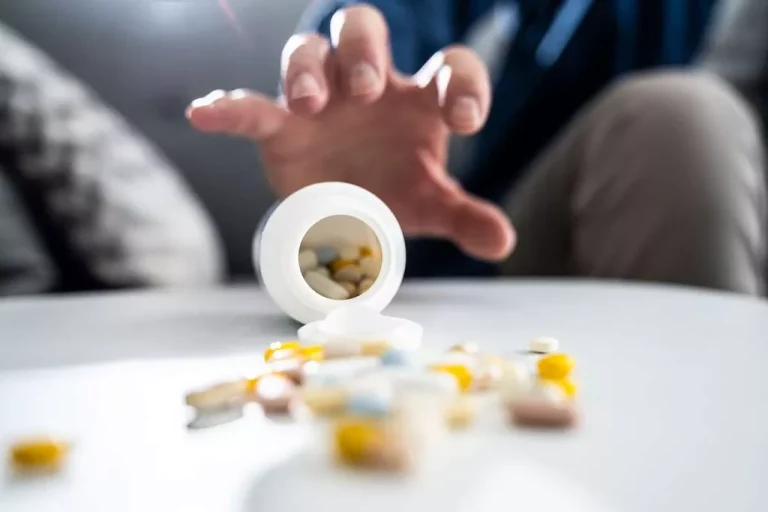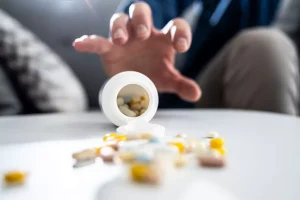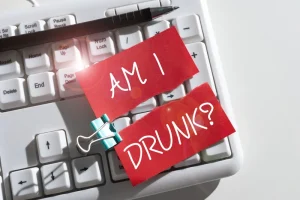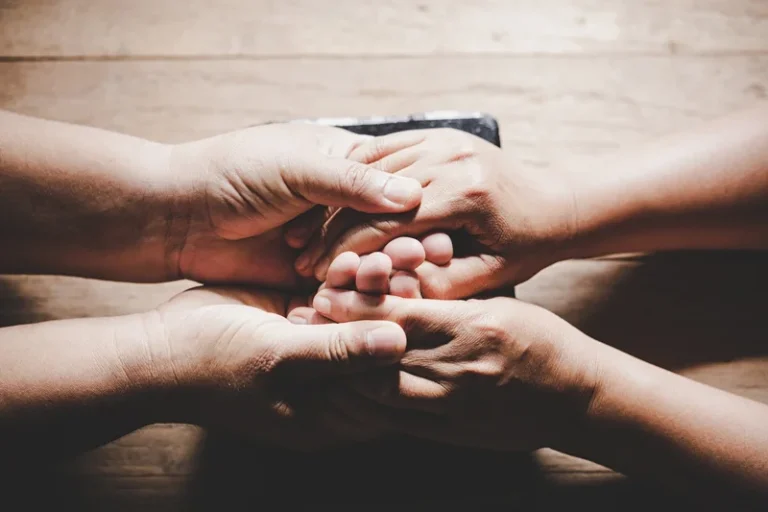Our goal is to help residents rebuild their lives and achieve long-term success, independence, and hope. Over the next few years, Callan saw his passion for helping others in recovery grow into anetwork of 8 sober houses for men and women, where he continues to work and carry themessage of recovery. At Stepping Stones we charge $675 – $750 per month for rent as well as a one-time $25 admin fee. In addition, there is a $275 – $500 sober deposit which will be returned to you if you stay sober during your stay with us.
Help others take the next step in recovery
In addition, residents rooms are searched regularly for substances and other paraphernalia. We offer listings of temporary housing for low income persons. By calling the helpline you agree to the terms of use. We do not receive any commission or fee that is dependent upon which treatment provider a caller chooses.
Get Help With Addiction
Each Stepping Stones sober home has a on-site house manager whose responsibility is to ensure the well being of the house occupants. All with at least one year of sobriety, the house managers show a commitment to working a 12-step program in their daily lives, and demonstrate through their actions that they can lead by example. Sober living is a residential environment where individuals recovering from addiction to alcohol and drugs can live in community with like-minded housemates.
Through shared experiences, mutual support, and a commitment to service, we strive to create a space where healing, hope and transformation can take place. On March 1, 1996, Callan came to Minnesota ready to get sober. He went through extended primary treatment, a halfway house, sober house, and the apartment that started the network of sober houses that Callan runs today. He found that by sharing his story with newcomers that he was able to touch lives and help others, just as he had been helped when new to recovery.
- That way, you get back into a regular routine as you prepare to live independently.
- For a men’s sober living home in Lowell, Massachusetts, you can try New Life House.
- At Stepping Stones we charge $675 – $750 per month for rent as well as a one-time $25 admin fee.
- He went through extended primary treatment, a halfway house, sober house, and the apartment that started the network of sober houses that Callan runs today.
- The basic rules of the house would center on accountability,sponsorship, meeting schedules, and house rules.
- Each Stepping Stones sober home has a on-site house manager whose responsibility is to ensure the well being of the house occupants.
Take your first step towards recovery
People say they appreciate the location as it’s close to bus and train stops. Others recommend this place to those who want to recover. Calls to any general helpline will be answered or returned by a paid advertiser. Stepping Stones can assist in providing a safe place to begin your road to recovery.
- At Stepping Stones you’ll find the fellowship you need to lead a long road of recovery.
- Stepping Stones Recovery Homes was founded and operated by two active member of the recovery community Trent Musselwhite and Jamie Hilborn.
- Sober living is a residential environment where individuals recovering from addiction to alcohol and drugs can live in community with like-minded housemates.
Drug Rehab
To that end, the residence is alcohol and drug free and each house member participates in its upkeep and operation. As housemates, they support each other in recovery and hold each other accountable in attending to daily chores and obligations. Over the next 3 years, he saw the difference these rules made in his house, and how they helpedthe men in early recovery to stay sober. In 2002, Callan opened a second branch of that houseand ran both residences as sober houses. He moved into the new house to guide and support thenew roommates and hired a house manager for the original residence. What stood out to me about them is that they focus on helping each other.
Support Us
You become part of a supportive community that helps each other reach recovery goals. For instance, you might need to do chores in teams or on your own. That way, you get back into a regular routine as you prepare to live independently. You’ll have access to bus passes and clothing if you’re in need. Using this experience, Callan decided to organize a more structured living situation for himselfand his newly sober friends.
For a men’s sober living home in Lowell, Massachusetts, you can try New Life House. You’ll live with other guys who’re working on their recovery. We’ve already pre-filled as much information as we know about the house. Transitional housing is temporary housing for the working homeless population and is set up to transition their residents to permanent housing. Approaching 90 days alcohol free and found myself homeless.
Each New Life House has a dedicated house manager whose responsibility is to ensure the well being of the house occupants. All with at least one year of sobriety, the house managers show a commitment to working a 12-step program in their daily lives, and demonstrate through their actions that they can lead by example. At Stepping Stones Recovery Homes, our vision is to provide a supportive, structured environment where individuals in recovery can build a strong foundation through principles of recovery. Stepping Stones Recovery New Life House Review Homes was founded and operated by two active member of the recovery community Trent Musselwhite and Jamie Hilborn. We are committed to fostering a community rooted in fellowship, accountability, and empowering each other to achieve long-term sobriety and personal growth.
Trying very hard to avoid temptation to go drink or do whatever I can find. No matter how self-sufficient you are, history shows that we benefit from spending time with like-minded peers who share our goals and values. At Stepping Stones you’ll find the fellowship you need to lead a long road of recovery. Stepping Stones has zero tolerance for residents using in our homes and will ask residents to leave the house who don’t adhere to the rules outlined in their lodger agreement. Each resident is drug tested at least once per week for a wide array of substances.
The basic rules of the house would center on accountability,sponsorship, meeting schedules, and house rules. If people wanted to follow these rules theycould be his roommates. Callan also thought it better to include only men, having observed thatthe co-ed living environment is not always ideal for those in early recovery. As you master the skills and requirements of each phase, you’ll move on to the next. While living in the home, you’ll be active in the community. Stepping Stones Recovery Homes is to empower individuals by providing safe, and supportive, transitional housing for those seeking stability, whether it’s a fresh start or another attempt at it.



